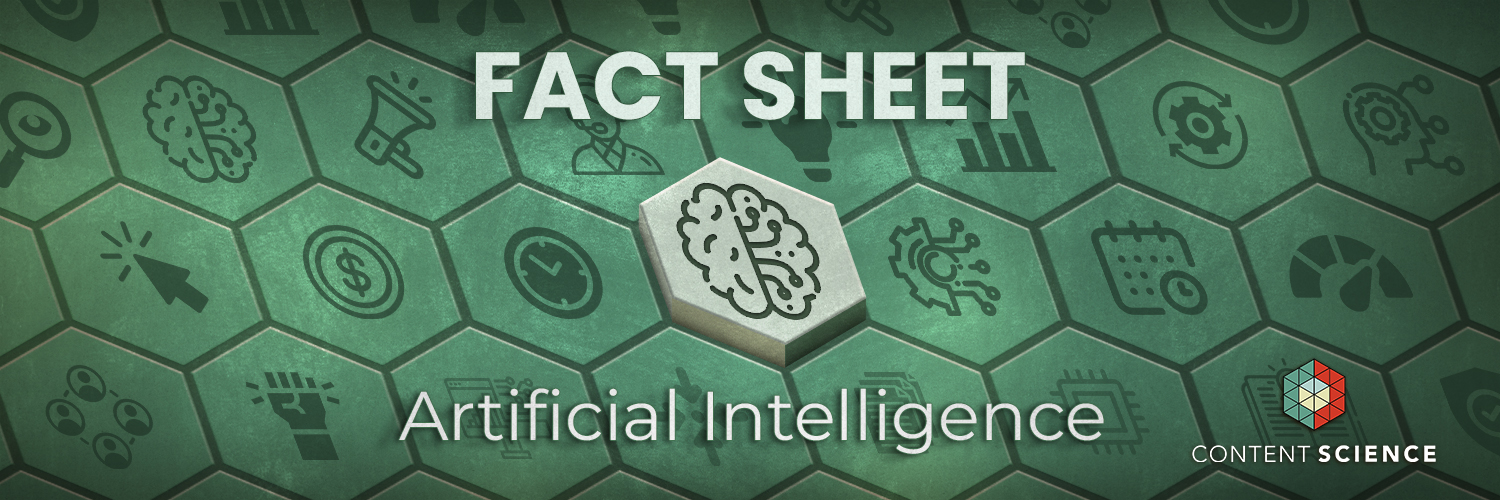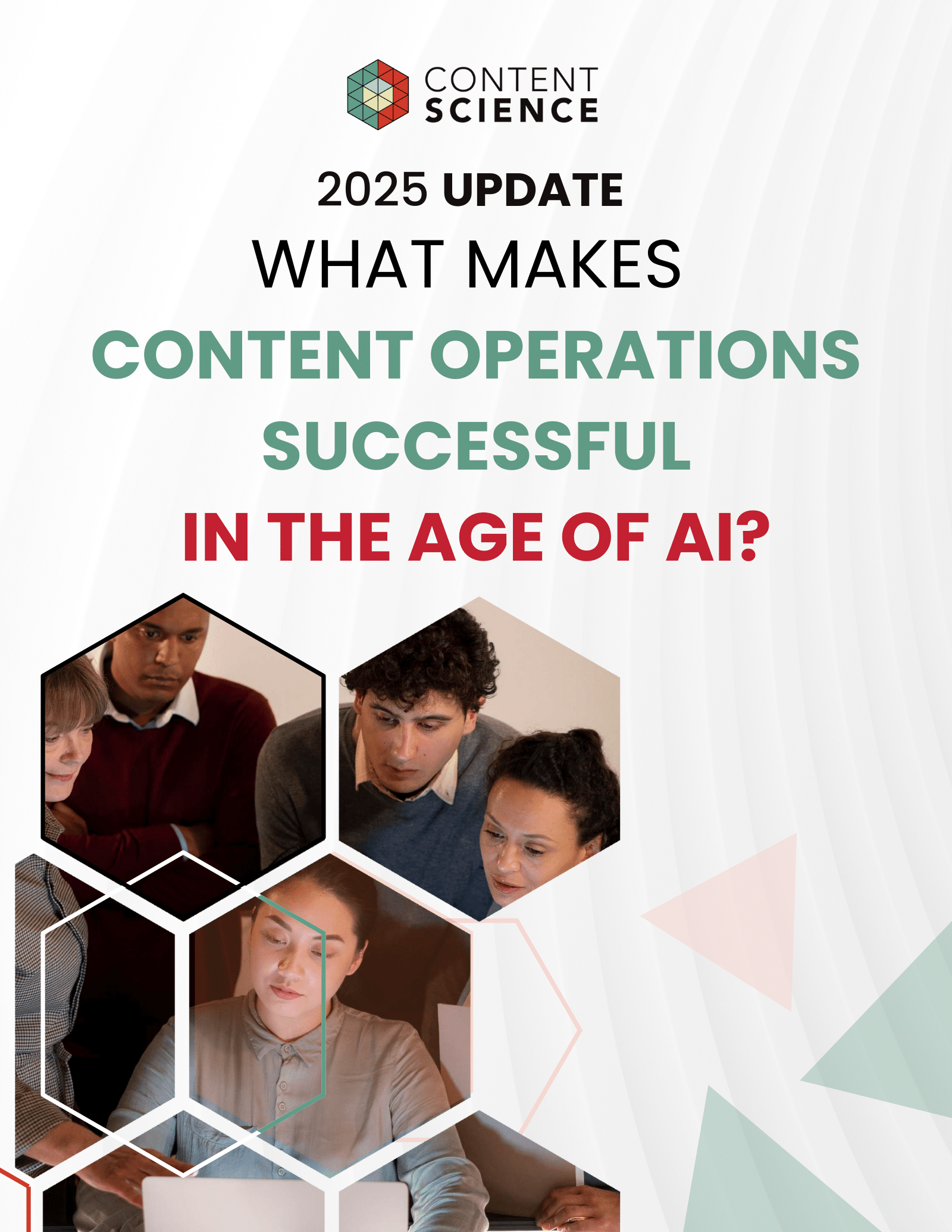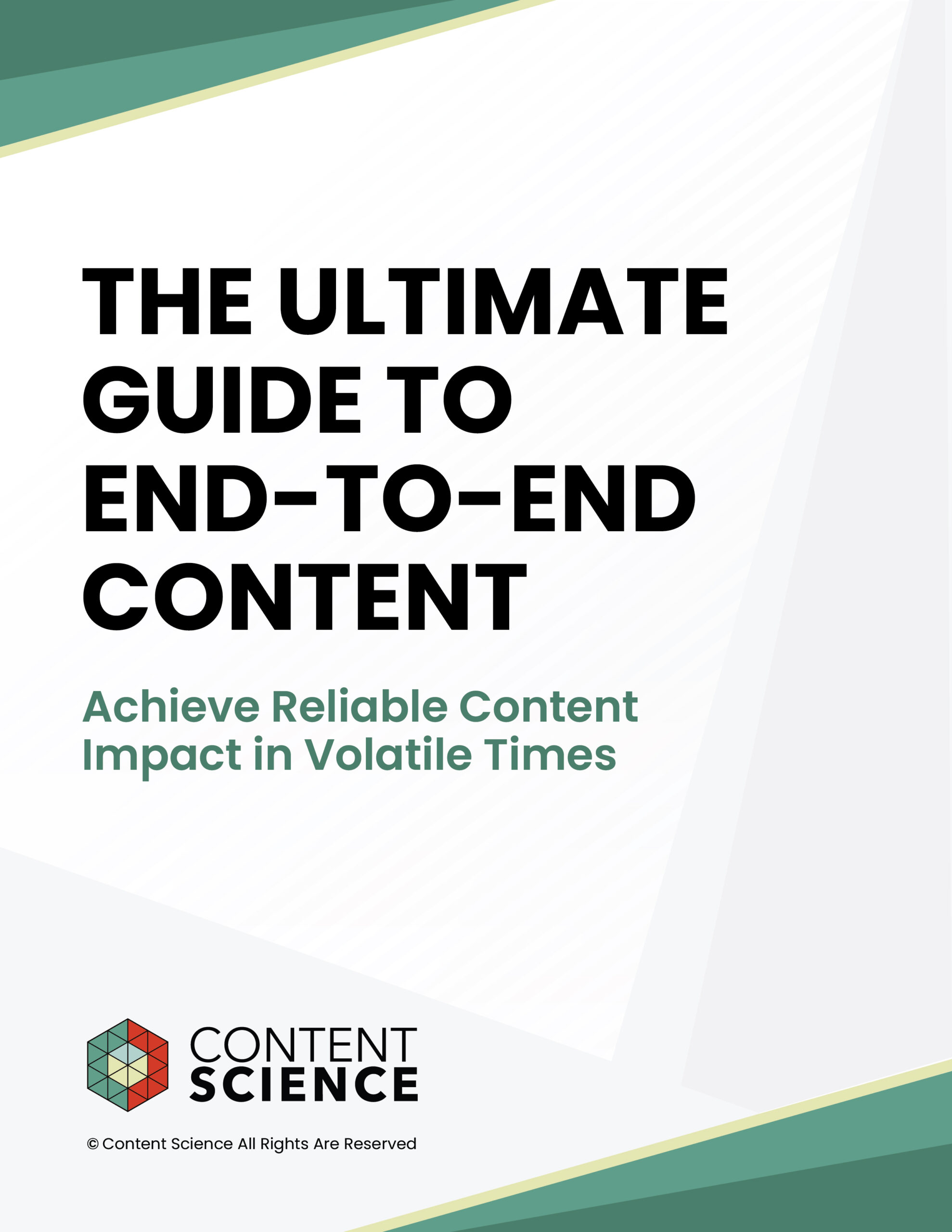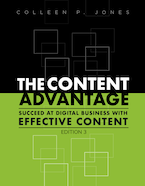
Artificial intelligence (AI) is at a tipping point. Ever since the launch of artificial intelligence company OpenAI’s ChatGPT, more people are talking about and using AI than ever before. ChatGPT had one million users just five days after it opened to the public. Let’s take a closer look at the current facts related to artificial intelligence.
What Are the Types of AI?
Organizations are developing and using AI in many ways, beyond novel content generation. AI uses computer systems to do tasks that typically only humans have been able to do. IBM defines it this way:
Artificial intelligence leverages computers and machines to mimic the problem-solving and decision-making capabilities of the human mind.
Modern AIs can be divided into two main categories: machine learning AI and deep learning AI. Both are trained on thousands, sometimes millions, of examples to “teach” them what to do and how to do it. However, there are a few differences between machine and deep learning.
Machine learning requires more supervision in its execution and often requires its work to be evaluated by a person. Examples of machine learning AIs include:
- KNIME Analytics Platform, which connects users to machine learning libraries to automate and optimize analysis processes
- Grammarly, which uses natural language processing (NLP) AI to analyze and edit text
- Alteryx, which streamlines and automates analytics processes to help businesses make informed decisions
- ContentWRX, which uses NLP to analyze themes and sentiment in feedback about content
AI can be trained to do specific tasks or, as with ChatGPT, can be built to think and act as a human would using a type of AI called deep learning. Deep learning depends on neural networks and large language models (LLMs) with large sets of content and data. Other powerful deep learning programs include:
- DALL-E, which creates images and art based on a description and also comes from OpenAI.
- Deepmind, which is a subsidiary of Alphabet and is involved in Google’s AI Overview.
- Make-A-Video, which is from Meta.
So what does all of this mean for leaders and professionals with content responsibilities? Start answering that question with some facts.
The State of AI
More companies are adopting AI. In 2025, 86% of participants in our content operations study reported using AI. — What Makes Content Operations Successful in the Age of AI?
Tech giants continue to invest in generative AI while many raise concerns about an AI bubble. “Silicon Valley’s biggest companies are already planning to pour $400 billion into artificial intelligence efforts this year. They all say it’s nowhere near enough.” — Wall Street Journal
No one really knows how deep learning (generative) AI works. It’s a puzzle that no scientist, engineer, or analyst has figured out. Until that puzzle is solved, deep learning AI will be unpredictable. — MIT Review
57% of online content is machine translated. And that’s contributing to a lack of quality data to feed gen AI models. AI models that are trained on AI-generated content yield poorer quality results. — Forbes, The New York Times
AI regulation emerges. “New AI legislation went into effect in the European Union, and it’s far-reaching. As the first real regulation of AI, the EU Artificial Intelligence Act sets rules on the use of AI for facial recognition, safeguards for general AI systems, and ways to submit complaints or request explanations of using AI, especially AI they deem to be high risk to health, safety, citizen rights, and so on.” — The Most Curious Thing in Content
AI-fueled misinformation reaches a large audience. Researchers found that whereas the truth rarely reached more than 1000 Twitter users, the most pernicious false news stories routinely reached well over 10,000 people. False news propagated faster and wider for all forms of news – but the problem was particularly evident for political news. — Science.org
Consumer confidence in identifying AI-generated content varies. 59% of people around the world express concern about what is real and what is fake on the internet when it comes to news (72% of US). 52% of people in the USA are uncomfortable with news produced by AI with some human oversight and 42% are comfortable with new produced by humans with some help from AI. — Reuters Institute Digital News Report 2024
Consumers worry about certain types of AI-generated content. The top 5 types of content consumers are worried about using AI for are product descriptions (70%), product reviews (60%), job applications (59%), chatbot answers to questions (58%), and music recommendations (55%). — Forbes
How Organizations Are Using + Scaling AI
Companies are using AI for a range of purposes, and many are struggling with scale and ROI.
Most organizations are using AI for content creation. 80% of participants in our recent study reported that use case. — What Makes Content Operations Successful in the Age of AI?
The most mature and successful enterprises are less likely to focus on content creation. These organizations are using AI for use cases ranging from production to distribution to organization to measurement. — What Makes Content Operations Successful in the Age of AI?
Organizations report a wide variety of initial AI successes. Examples range from what you might expect, such as creating drafts faster and improving content consistency, to what you might not expect, such as improving content metadata quality and efficiency and using AI as a “trojan horse” to force process improvements. — What Makes Content Operations Successful in the Age of AI?
Many enterprise gen AI pilots fail to scale or bring ROI. Researchers at MIT Sloan find 95% of enterprises see zero return on investment from their generative AI experiments. — The Gen AI Divide: State of AI in Business 2025
Only 29% of organizations report moderate or fast progress with scaling AI. The majority are making slow progress or are in a stall. — What Makes Content Operations Successful in the Age of AI?
80% of executives plan to increase investment in AI, but most don’t have a roadmap for execution. – Bain
41% of CMOs report data exposure as the top concern for implementing AI. — Salesforce
Concerns and barriers are stalling enterprise gen AI adoption. IBM finds the top barriers are accuracy concerns, insufficient proprietary data (including updated content), inadequate gen AI expertise, insufficient financial justification, and privacy / security concerns. — The 5 Biggest AI Adoption Challenges for 2025
Content operations maturity accelerates AI scale and success. Our study finds a strong correlation between organizations operating at the highest levels of maturity—including clear vision and strategy, formal governance and strong processes / workflows, content measurement / intelligence, and lack of content debt—and faster progress with scaling AI.
Individual adoption of the publicly available deep learning tools such as ChatGPT has been lightning fast. And while organizational adoption of deep learning AI has increased, the pace is slower than a Star Wars sandcrawler in comparison—and slowing. Recent reports from a range of sources (including Microsoft, which has a vested interest in advancing AI due to its relationship with OpenAI) show that, while curiosity about the potential of this AI remains high, concerns about accuracy, predictability, security, privacy, intellectual property, and other risks as well as pressure to show ROI are leading organizations to shift from a “me-too” approach to a more strategic one. Slowing down to accommodate strategy for deep learning AI is a smart move for an organization—and a great opportunity for you and your teams. — Colleen Jones, The Content Advantage (3rd edition)
Bottom Line
AI, especially custom developed generative AI solutions, has been a bust for many enterprises to this point. Yet, most still see the potential in AI overall and are continuing to invest in it. And AI is spurring innovation in the content technology ecosystem, resulting in new features and offerings from existing tools as well as completely new products. We’re optimistic that any organization struggling to adopt AI can course correct quickly by better educating their executives, recognizing and respecting the complexity of bringing AI into their content ecosystem, improving their content operations maturity, and moving out of AI copycat mode into AI strategic mode with the help of the right partners.
Events, Resources, + More
New Data: Content Ops + AI
Get the latest report from the world's largest study of content operations. Benchmarks, success factors, commentary, + more!
The Ultimate Guide to End-to-End Content
Discover why + how an end-to-end approach is critical in the age of AI with this comprehensive white paper.
The Content Advantage Book
The much-anticipated third edition of the highly rated book by Colleen Jones is available at book retailers worldwide. Learn more!
20 Signs of a Content Problem in a High-Stakes Initiative
Use this white paper to diagnose the problem so you can achieve the right solution faster.






Comments
We invite you to share your perspective in a constructive way. To comment, please sign in or register. Our moderating team will review all comments and may edit them for clarity. Our team also may delete comments that are off-topic or disrespectful. All postings become the property of
Content Science Review.